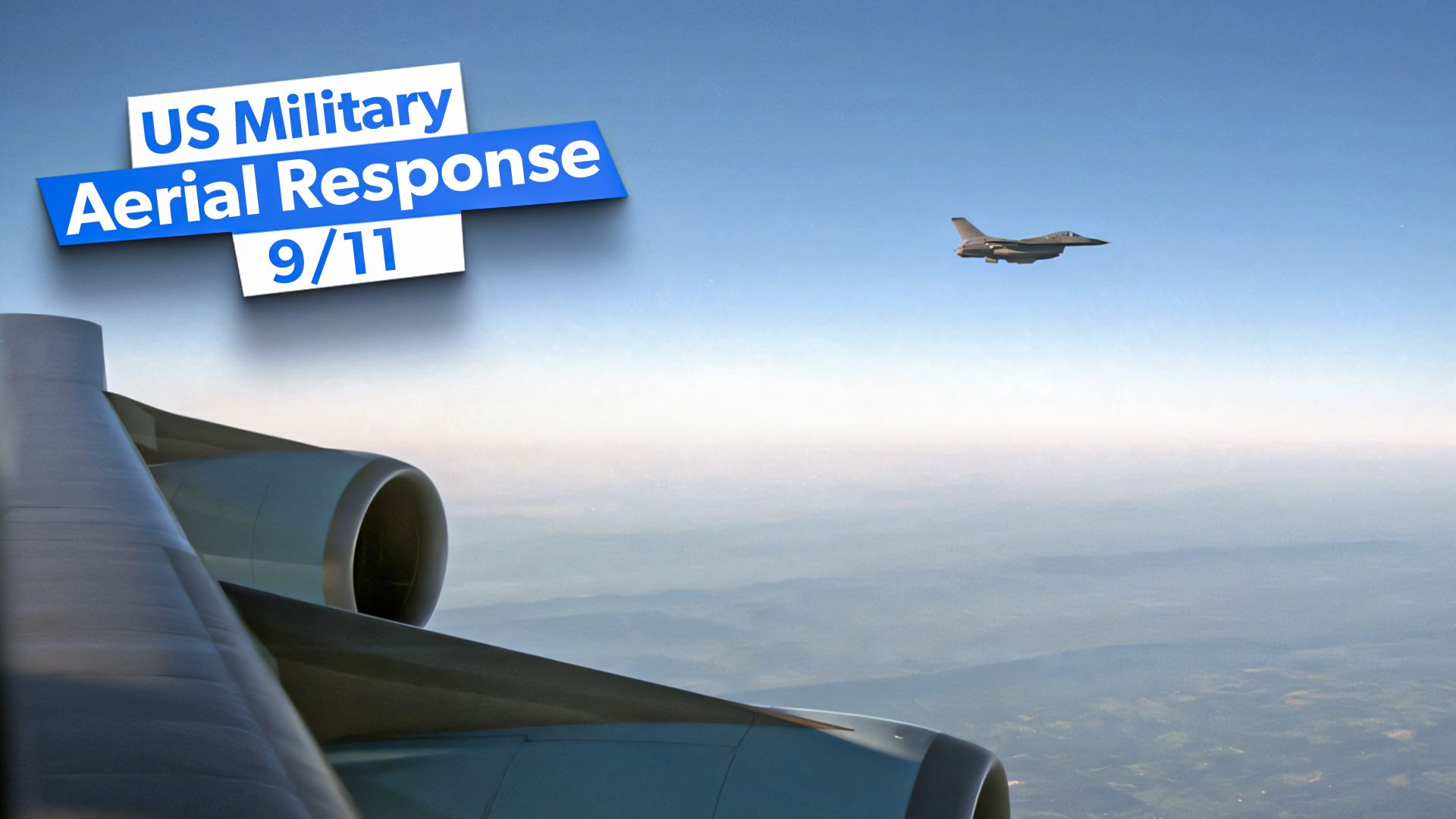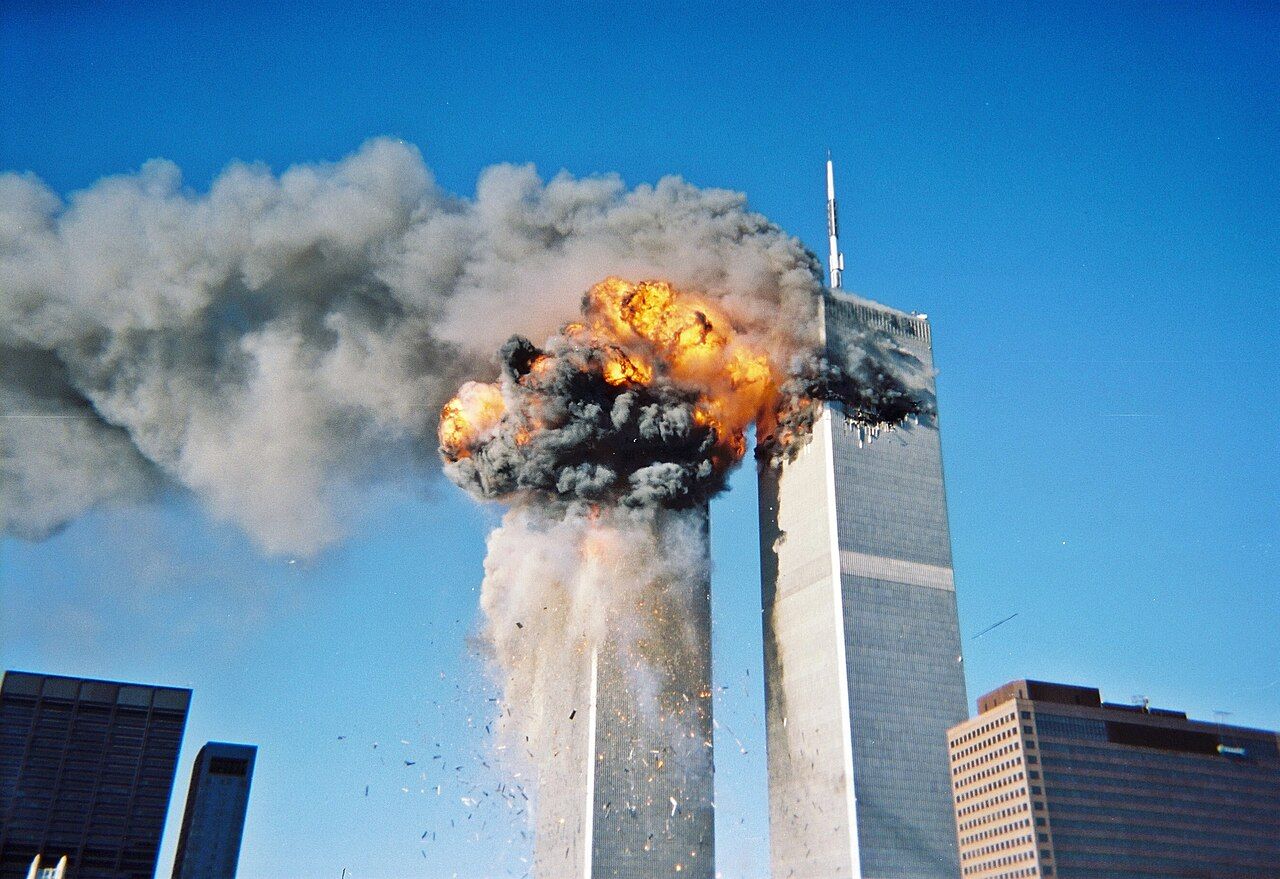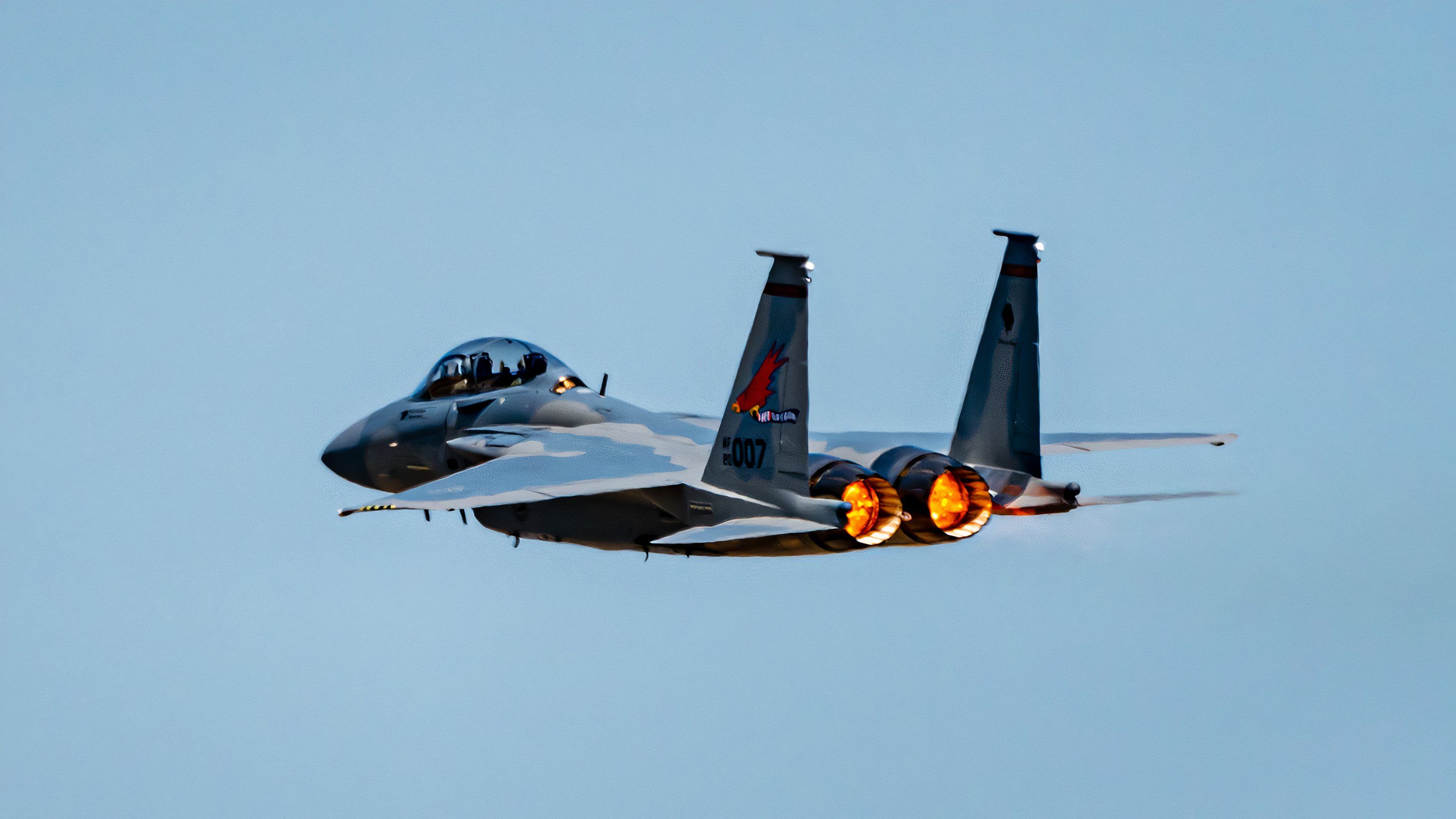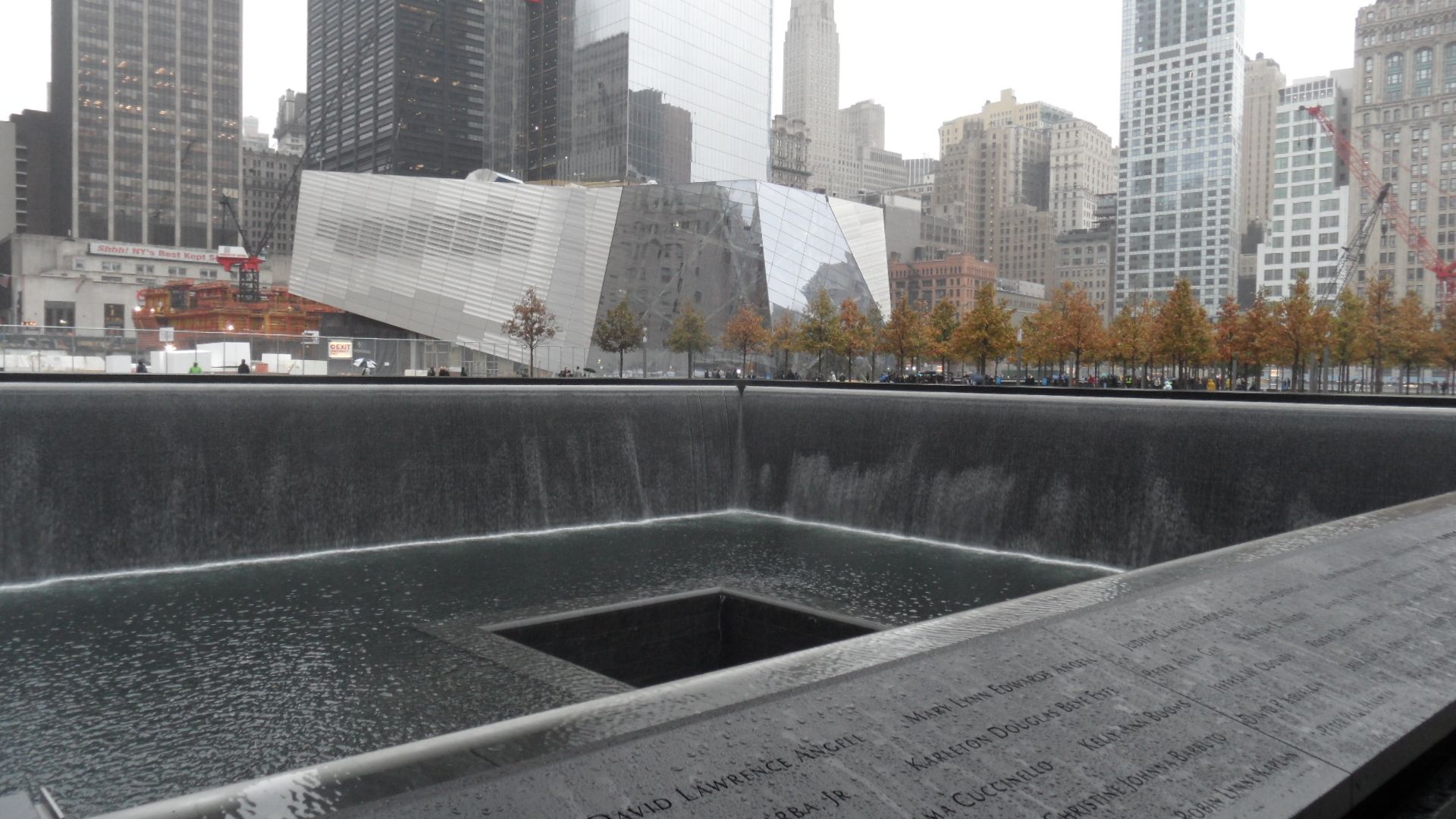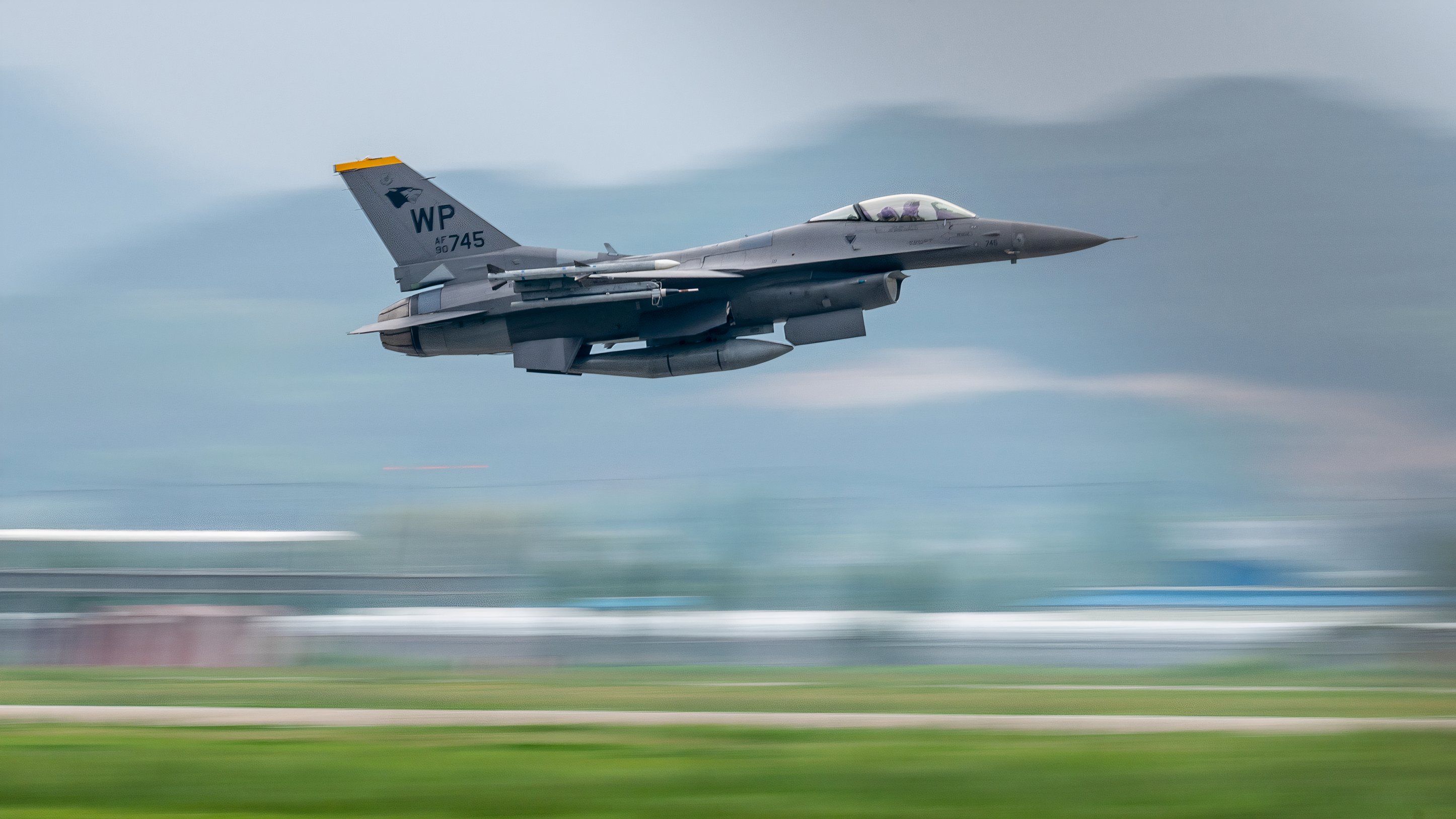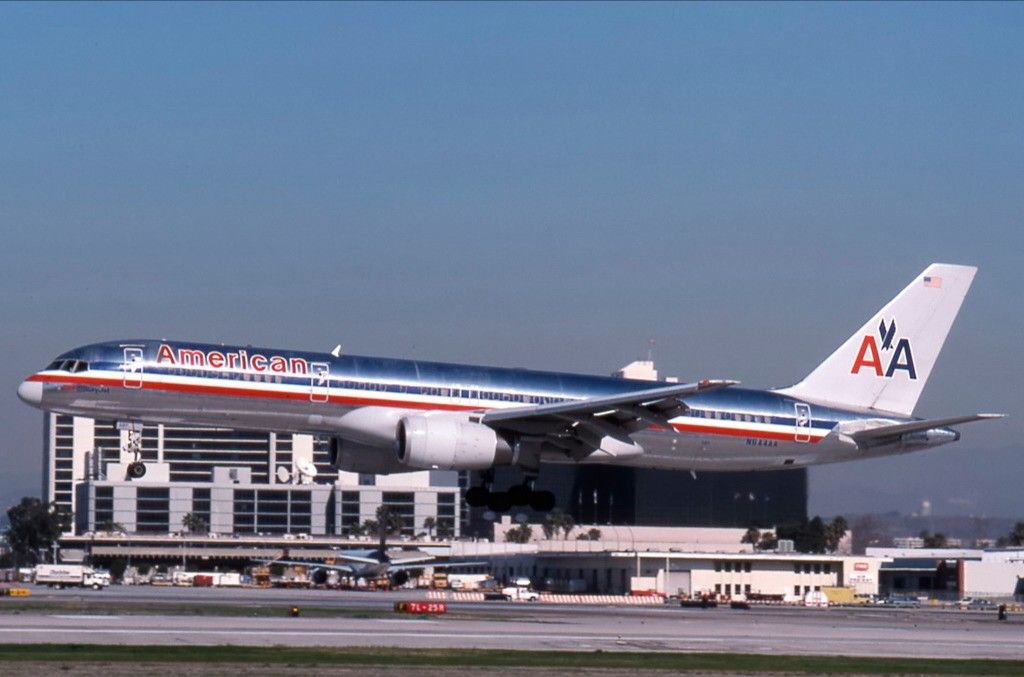Summary
- Immediate nation-wide fighter jet scrambling occurred within 24 hours of 9/11, with 34 Air National Guard units launching aircraft.
- Overcoming initial confusion was a challenge post-9/11, with the Air Force investigating many phantom hijackings due to miscommunication.
- Lacking munitions, pilots considered kamikaze efforts against hijacked aircraft as a last-resort option on 9/11.
In the wake of the 9/11 attacks, the US Air Force sprang into action. The 9/11 attacks were the worst attacks on mainland US soil in history, resulting in the deaths of almost 3,000 civilians. Once the dust settled, the aviation industry would never be the same. Before the attacks, the world seemed to have entered a period of relative US-led hegemony, stability, and the so-called “peace dividend.” The Soviet Union had collapsed, the Cold War was over, defense budgets were being cut back, and the age of Great Power Competition with China had not yet dawned. Here are five critical moments of US aerial response to the 9/11 terrorist attacks.
1
First emergency call
Only ten minutes from the alarm to the first crash
|
08:37 |
FAA made first call to NEADS |
|---|---|
|
08:46 |
Order for first jets to intercept |
|
08:53 |
First jets airborne |
According to the US Department of Defense, there was simply no time for the US Air Force to respond effectively. The call from the FAA’s Boston center came to the Northeast Air Defense Sector (NEADS) at 08:37. New York Air National Guard Maj. Jeremy Powell ordered the first fighter jets to scramble at 08:46, and the first jets were airborne at 08:53.
The DoD states, “There wasn’t much time between the first FAA call and the first crash. Just 10 minutes elapsed between the time Powell took the first call to NEADS about the hijackings to when the first plane, American Airlines Flight 11, hit the North Tower – not enough time to get fighters into the air.”
Dozens of fighter jets were immediately scrambled across the US
|
F-15s: |
Scrambled (too late) to intercept Flight 11 |
|---|---|
|
F-16s: |
Scrambled to project Washington, D.C. |
|
Within 24 hours: |
34 ANG fighter units had launched aircraft |
Within 24 hours, 34 Air National Guard fighter units across the United States had launched aircraft. Fifteen of the units flew 179 combat air patrols, presidential escorts, and other missions. At the time, no one knew if there would be more attacks. Jets were scrambled as soon as the FAA and NORAD identified the potential hijackings.
Photo: Joe Kunzler | Simple Flying
Examples include F-16 Fighting Falcons being scrambled from Andrews Air Force Base to defend Washington, D.C., and two F-15s from Otis Air National Guard Base in Massachusetts being scrambled to intercept American Airlines Flight 11. Unfortunately, these F-15s took off at 08:53, around seven minutes after the flight had crashed into the North Tower at 08:47.
3
Overcoming initial confusion
The Air Force found itself investigating around 20 aircraft as hijackings
|
Military exercise: |
Many initially thought reported hijackings were a military exercise |
|---|---|
|
Aircraft thought hijacked at one point: |
19 to 20 aircraft |
|
Aircraft actually hijacked: |
4 (AA Flight 11, United Flight 175, AA Flight 77, and United Flight 93) |
The fog of war is real, and initially, on 9/11, confusion reigned across the nation and various departments. It took time for NEADS to realize that the real-world scenario was unfolding and not a military exercise. As one liaison between the FAA and the military put it, “We were treating all the information we got as real-time, not understanding that it was coming to us late.”
Making matters worse was many inaccurate reports pouring into the Air National Guard. There were several reports of phantom hijackings, and the force found itself investigating around 19 or 20 aircraft as possible hijackings (only four aircraft were hijacked; the rest were distracting red herrings). At one point, Flight 11 was likely confused by air traffic controllers with Flight 77 (which crashed into the Pentagon).
4
Lacking munitions, pilots considered kamikaze
Pilots discussed ramming the hijacked aircraft as the only option
|
Armament: |
Some scrambled fighters were unarmed |
|---|---|
|
Fighter jets: |
F-15s, F-16s |
|
Ramming: |
Some pilots decided ramming was their only option |
In 2001, the United States was at peace and did not expect attacks on its home soil; consequently, fighter jets were not on standby and were not loaded with weapons. The urgency to scramble meant that some fighters took off without weapons. The DoD states there were discussions among fighter pilots about making the ultimate sacrifice. Scrambled pilots Penney and Sasseville decided that if required, they would ram the hijacked plane with their fighter jets — a suicide mission.
Photo: USAF
Federal Aviation Administration’s Boston Center, Master Sgt. Stacia Rountree stated, “In case their weapons were out, and if we would have had to use force, they were discussing whether or not those guys would have to go kamikaze. It was scary, when you thought about the possibility of them having to do that.”
5
NORAD’s Operation Noble Eagle implemented
Noble Eagle continues to protect US and Canadian airspace 24/7/365
|
Grounded: |
All civilian air traffic was grounded |
|---|---|
|
Grounded period: |
Two days (resumed September 13) |
|
Operation Nobel Eagle Date: |
11 September 2001 – present |
The US Air Force coordinated with the FAA (which issued the unprecedented order to ground all civilian flights in US airspace). This aimed at clearing the airspace for military operations, emptying the sky of civilian traffic, and identifying any unauthorized aircraft. The FAA order to ground all civilian air traffic was under the Security Control of Air Traffic and Navigation Aids (SCATANA) directive.
Also, in response to the attacks, the Air Force implemented NORAD’s Operation Noble Eagle to defend US airspace from any further attacks. The Air Force maintained continuous combat air patrols over important locations like New York City and Washington, D.C.

